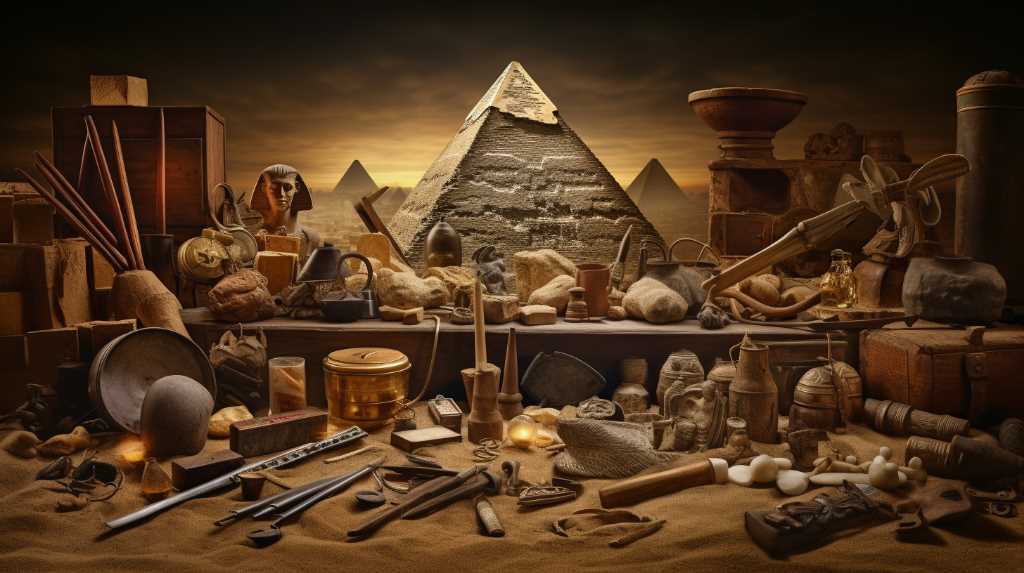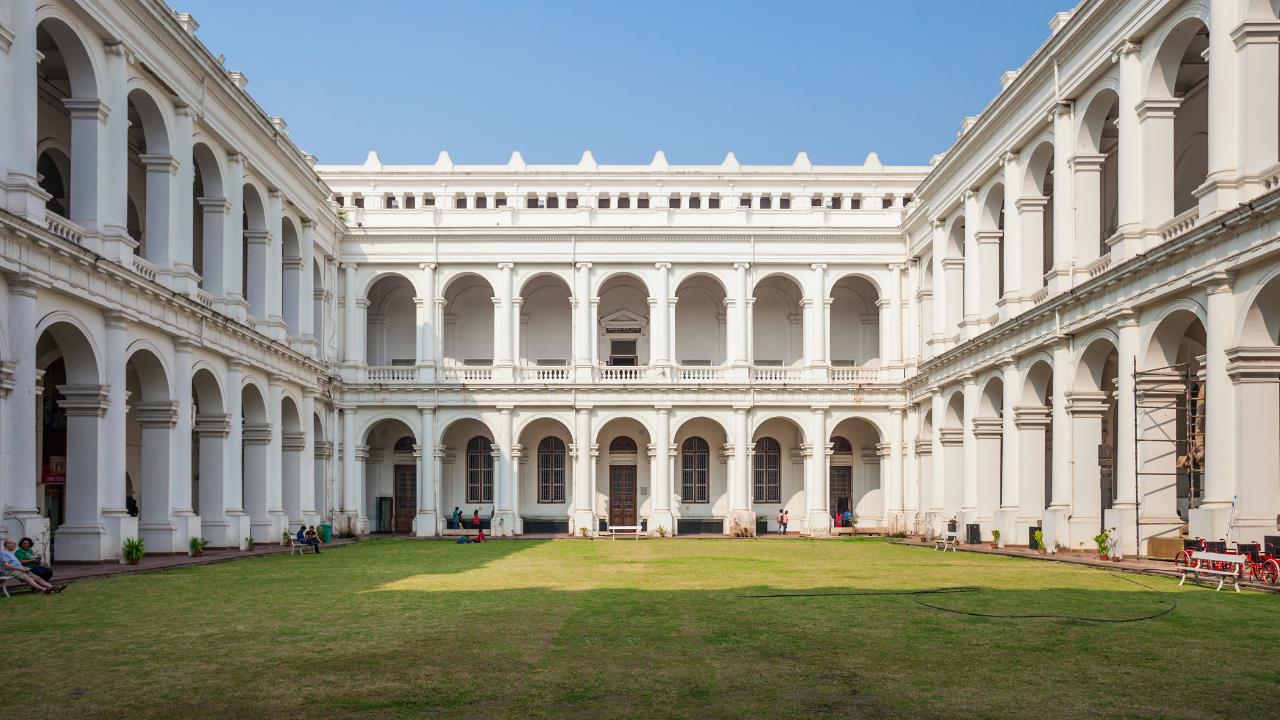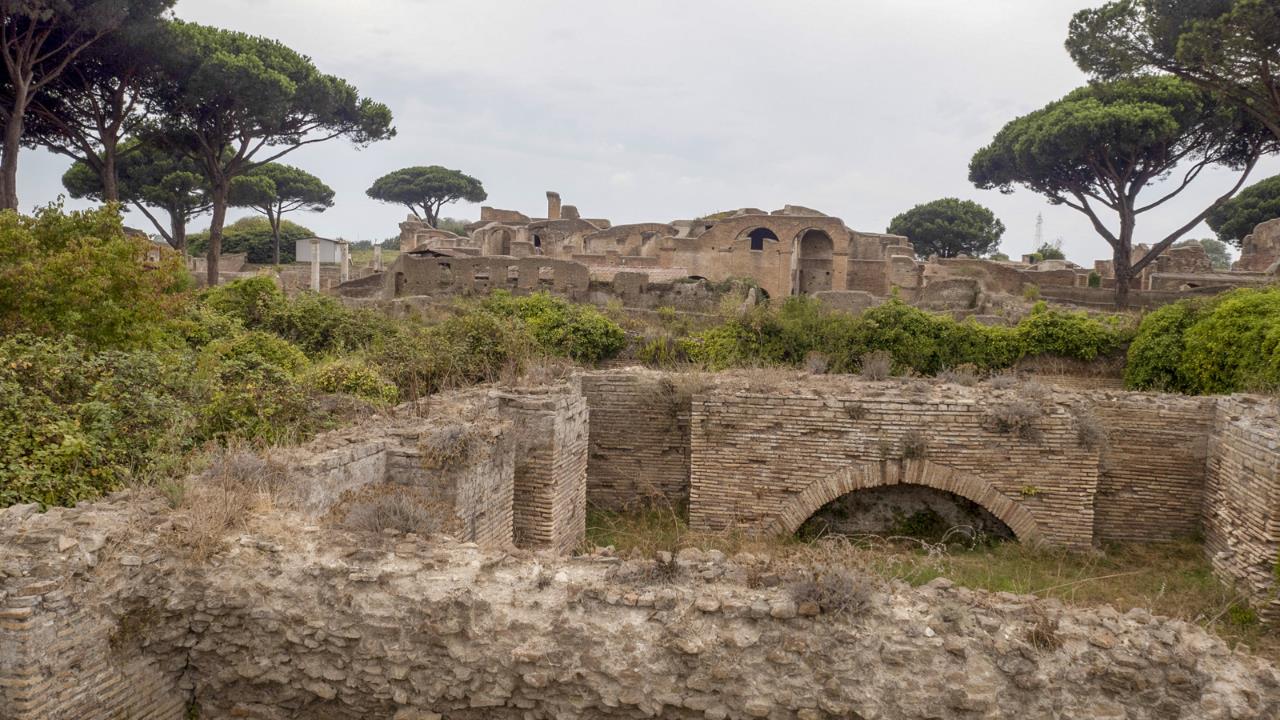
Unearthing Awe: Top 10 Archeological Wonders From Ancient Worlds
You're about to embark on a journey through time, unearthing the top 10 archaeological wonders from ancient worlds.
You'll discover the mysteries behind iconic structures like the Great Pyramid of Giza and Petra's rock-cut architecture.
You'll delve into the astonishing Mayan structures of Chichen Itza and cross the mystical stone circles of Stonehenge.
So, strap on your adventure boots, let's delve into history's hidden treasures!
Key Takeaways
- The Great Pyramid of Giza, Machu Picchu, Stonehenge, and Chichen Itza are some of the most enigmatic and awe-inspiring ancient archaeological wonders.
- These structures showcase advanced engineering, astronomical alignments, and intricate stonework, leaving experts and researchers puzzled about their true purposes and construction techniques.
- The Roman Colosseum, Petra's rock-cut architecture, the Temples of Angkor Wat, and the Acropolis of Athens highlight the architectural prowess, cultural significance, and enduring legacies of ancient civilizations.
- The Terracotta Army and the Ajanta Caves provide fascinating insights into military might, artistic craftsmanship, and the cultural heritage of ancient China and India, respectively.
Mysteries of the Great Pyramid of Giza
Egypt's Great Pyramid of Giza keeps its secrets well, but let's delve into its mysteries that have baffled scholars for centuries. You're stepping into a world of intrigue, where each stone whispers a tale of ancient prowess.
Constructed around 2560 BC, it's the oldest and the largest of the three pyramids in the Giza complex. But it's not just its size that's jaw-dropping. Its precise alignment with the cardinal points and the enigmatic inner chambers, such as the King's and Queen's Chambers, have puzzled experts.

Despite countless explorations, you'll find its construction techniques are still debated. Some propose a straight ramp, while others suggest a spiral one.
Secrets Behind Machu Picchu
Perched high in the Andean mountains, you're now entering the realm of Machu Picchu, a site that's cloaked in as much mystery as it's in mist. Its secrets are manifold, each more intriguing than the last.
- The purpose of Machu Picchu remains a matter of conjecture. Built by the Incas, was it a royal retreat, or a sacred religious site?
- Some argue it's a testament to Inca engineering, given its intricate stonework and sophisticated water management system.
- Others propose a celestial function, noting its alignment with astronomical events.
- The 'Intihuatana stone' adds to the enigma.
- It's a carved rock, speculated to be an ancient sundial.
- However, its exact use and significance still elude researchers.
Peeling back the layers of Machu Picchu's past is an ongoing quest, as you delve into its secrets.
Crossing Stonehenge's Stone Circles
Venturing from the enigmatic heights of Machu Picchu, you'll find yourself amidst the towering stone circles of Stonehenge, another archaeological marvel shrouded in mystery. You'll marvel at the grandeur of these monolithic structures, arranged meticulously in a circular pattern. An extraordinary feat of engineering, they're thought to have been erected roughly between 3000 and 2000 BC.
Their precise alignment with the solstices hints at their creators' profound understanding of celestial movements. Yet, who they were and the methods they employed remain enigmatic. Stonehenge's purpose, too, is a subject of ongoing debate, with theories ranging from a ceremonial site to a burial ground.
As you traverse these stone circles, you're crossing not just physical space, but also millennia of human history, stirring a deep sense of awe and wonder.
Virtual Tour: Roman Colosseum
While you're immersed in the marvels of ancient architecture, don't miss out on a virtual tour of the Roman Colosseum, a testament to the grandeur and might of the Roman Empire. This colossal amphitheater, once the heart of Roman entertainment, offers a wealth of archaeological insights.

- The Colosseum's Design:
- Elliptical Plan: The arena's unique shape facilitated crowd control, enhancing the spectators' experience.
- Hypogeum: This underground network of tunnels reveals the complex logistics of staging gladiatorial contests.
- The Colosseum's Role:
- Social Stratification: The tiered seating arrangement mirrors the rigid class hierarchy of Roman society.
- Spectacles: Violent games played here underscored Rome's military prowess and political power.
Your virtual tour will provide an intense, scholarly examination of these aspects, enhancing your understanding of this architectural marvel.
Petra's Rock-Cut Architectural Highlights
Continuing your journey into ancient architectural marvels, let's now explore the rock-cut wonders of Petra, a historical and archaeological city in southern Jordan.
Petra's rock-cut architecture is a testament to the ingenious craftsmanship of the Nabataeans, an ancient Arab civilization. They've transformed mountainous terrain into a city of intricate facades, temples, and tombs, all carved directly into rose-red sandstone cliffs.
The most iconic is Al-Khazneh, or the Treasury, known for its elaborate Greek-influenced facade. It's followed by the Monastery, or Ad Deir, which showcases a simpler, yet equally impressive design. These structures reveal the Nabataeans' exceptional engineering skills and aesthetic sensibilities.
Despite centuries of erosion, Petra's architectural highlights continue to captivate, reflecting the civilization's enduring legacy.
Rediscovery: Temples of Angkor Wat
Shifting your gaze from the rock-cut wonders of Petra, you'll find another architectural marvel in the imposing temples of Angkor Wat, a testament to the grandeur of a bygone era. Unveiling the mysteries of this Cambodian sanctuary, you'll marvel at its intricate bas-reliefs and the celestial divinities it enshrines.
- Angkor Wat's significance:
- Architectural wonder: Its grandeur shows the zenith of Khmer architecture, with its unique combination of temple mountain and concentric galleries.
- Astronomical significance: The temple complex's layout mirrors the Draco constellation, reinforcing its celestial symbolism.
The temples of Angkor Wat, embodying the cosmic order, have stood the test of time, reflecting the spiritual and artistic prowess of its creators. As you delve deeper, you'll find yourself immersed in a world that merges mythology, religion, and astronomy in stone.

Astonishing Mayan Structures: Chichen Itza
Now, let's turn your attention to the astonishing Mayan structures of Chichen Itza.
You'll be amazed by the grandeur of this ancient city, with its architectural techniques reflecting a sophisticated understanding of astronomical phenomena.
We'll also explore its historical significance, shedding light on the intricate socio-political systems that once thrived in this pre-Columbian civilization.
Chichen Itza's Grandeur
You've likely heard of Chichen Itza, one of the seven wonders of the world, but you mightn't know it's home to over 4,000 Mayan structures, each more awe-inspiring than the last. This ancient city showcases the grandeur of Mayan civilization with its intricate architecture and cosmological designs.
- El Castillo:
- This step pyramid, also known as the Temple of Kukulcan, is a testament to the Mayan's astronomical abilities.
- Great Ball Court:
- The largest of its kind, this structure reveals the importance of ritual and sport in Mayan culture.
Through detailed observation, it's clear this site stands as a monument to the Mayans' architectural prowess and advanced understanding of astronomy.
Now, let's delve into the architectural techniques used to create such marvels.
Architectural Techniques Used
In constructing the architectural marvels of Chichen Itza, the Mayans employed a variety of innovative techniques, revealing their immense skill and understanding of science. They used precisely cut stones, achieving stability without the use of mortar. You'll note the intricate decorative carvings and glyphs, testimony to their mastery of stonemasonry.

Additionally, their understanding of acoustics is displayed in the El Castillo pyramid, where a clap at the base echoes back as a bird's chirp. They also incorporated astronomical alignments in their design, as seen in the alignment of the El Castillo's stairs with the sun during the equinoxes.
Now that you've grasped the technical prowess of the Mayans, let's delve deeper into the historical significance of these structures.
Historical Significance Explored
Delving into the historical significance of Chichen Itza, you'll discover that these structures aren't just feats of engineering prowess—they're also rich, tangible records of Mayan civilization's cultural and religious practices.
The Kukulkan Pyramid, for instance, is both a testament to the Mayans' astronomical knowledge and a sacred space for the Feathered Serpent deity. Its nine terraces correspond to the nine levels of the underworld, while the staircase's 365 steps represent the solar year.
On the other hand, the Great Ball Court isn't just a recreational area—it's a symbolic battlefield where the Mayans reenacted the Hero Twins' mythical battle. The carvings illustrate the game's life-and-death stakes, and the structures' acoustics amplify the ritualistic significance.
These details offer a glimpse into the Mayans' complex cosmology and their affinity for harmonizing their structures with celestial cycles.
Delving Into the Terracotta Army
The moment you set your eyes on the Terracotta Army, it's as if you're transported back to ancient China. Unearthed in 1974, this imposing collection of over 8000 life-sized statues was sculpted under the orders of China's first Emperor, Qin Shi Huang, to accompany him in the afterlife. Each soldier boasts unique facial expressions, hinting at an attention to detail that's truly remarkable.

Studying the army, you'll notice weapons, horses, chariots, all meticulously crafted from terracotta. It's a visualization of military might, a testament to an emperor's fear of mortality, and an unforgettable glimpse into ancient Chinese culture.
As we continue our journey through archeological wonders, we now turn our attention towards Europe, specifically to embark on a journey through the Acropolis of Athens.
A Journey Through Acropolis of Athens
Exploring the Acropolis of Athens, you'll find yourself stepping back in time, immersed in the grandeur of an ancient civilization that's left an indelible mark on history. This citadel, perched high above the city, is a testament to the architectural and cultural prowess of the ancient Greeks.
- Parthenon: The most prominent structure, dedicated to the goddess Athena. Its Doric columns and intricate friezes reveal the Greeks' mastery over stone.
- Metopes: These sculptural panels narrate tales of mythical battles, encapsulating ancient beliefs.
- Pediments: Sculpted triangular gables that depict the birth of Athena and her contest with Poseidon.
- Erechtheion: A complex marble building known for its Caryatid porch, where six draped female figures serve as architectural supports.
Delving into these structures, you'll perceive a civilization's narrative etched in stone. A journey through the Acropolis isn't merely a historical tour, but a dialogue with the past.
The Magnificence of Ajanta Caves
Continuing your journey from the Greek citadel, you'll now find yourself captivated by the serene magnificence of the Ajanta Caves in India.
This UNESCO World Heritage Site is a collection of 30 rock-cut Buddhist caves. Dating back to the 2nd century BCE, the caves are a testament to masterful ancient Indian art and architecture.
The murals and sculptures within tell tales of Buddha and his previous incarnations, known as Jatakas. It's fascinating that the caves were hidden in oblivion until 1819, when they were rediscovered by a British officer.

The Ajanta Caves, with their intricate carvings and detailed frescoes, encapsulate the timeless wonder of ancient craftsmanship. They're a monumental testament to human ingenuity, waiting for you to unravel their mysteries.
Conclusion
In conclusion, you've embarked on a thrilling journey through time, uncovering the grandeur of ancient civilizations.
From the enigmatic Great Pyramid of Giza to the architectural marvels at Petra, you've witnessed humanity's indelible imprint on history.
Whether it's the Terracotta Army's silent vigil, or the timeless beauty of the Ajanta Caves, these archaeological wonders continue to astound and inspire.
They're not just relics of the past, but enduring testaments to our shared heritage.
 Backyard GrillingWeekend WarriorsAdvice from DadBeard GroomingTV Shows for Guys4x4 Off-Road CarsMens FashionSports NewsAncient Archeology World NewsPrivacy PolicyTerms And Conditions
Backyard GrillingWeekend WarriorsAdvice from DadBeard GroomingTV Shows for Guys4x4 Off-Road CarsMens FashionSports NewsAncient Archeology World NewsPrivacy PolicyTerms And Conditions
